(This essay was published in Haworthiad 16:62, 2002.)
Introduction
Subsequent to my revision Haworthia Revisited (1999), I have done much more fieldwork, particularly in the Eastern Cape. This has revealed even more striking evidence of the intense inter‑relatedness of the so‑called species in Haworthia. Classification and revisionary classification is a sampling process. As this progresses and more material is collected, so the classification firms up. A extensive discussion explaining the following combinations and two new varieties is provided in “Haworthia Update Vol.1″ and an insight into the taxonomic problems to be solved is provided by the illustrations with another article, “Small Hairy Things”, elsewhere in Haworthiad.
My classification had some problem areas that were anticipated to a degree in Haworthia Revisited. The following sentence appears in the discussion of H. cymbiformis var. transiens: “Thus H. mucronata can be allied with equal facility to either H. cymbiformis or H. cooperi, when in fact in the field it is more intimately related to H. decipiens. The location of this note is a powerful reminder that distinctions between species are highly blurred and that alternative solutions are possible.” I also make repeated references to the nature of the relationship of species and variants. Many of those are specific to, or apply to, or are predictive of the following changes. The basis of the following combinations is thus laid in Haworthia Revisited.
Although collections are cited, these are not always now represented by herbarium specimens. The reason for this is simply one of resources: herbarium space, the impracticality of trying to represent all the variants in such herbarium state, and the effort required to manage living collections and their preservation as specimens. A photographic record is being maintained in lieu of dried specimens in herbaria, where the record extant is deemed to be otherwise inadequate.
The following new names and combinations are published below:
1. Re‑arrangement of Haworthia pringlei and H. xiphiophylla within H. bolusii and H. decipiens
H. bolusii var. pringlei (C.L.Scott) M.B.Bayer comb. nov.
H. decipiens var. xiphiophylla (Baker) M.B.Bayer comb. nov.
H. decipiens var. virella M.B.Bayer var. nov.
2. Goodbye to Haworthia gracilis
H. cooperi var. gracilis (v.Poelln.) M.B.Bayer comb. nov.
H. cooperi var. isabellae (v.Poelln.) M.B.Bayer comb. nov.
H. cooperi var. tenera (v.Poelln.) M.B.Bayer comb. nov.
H. cooperi var. picturata (M.B.Bayer) M.B.Bayer comb. nov.
H. cooperi var. viridis (M.B.Bayer) M.B.Bayer comb. nov.
H. cooperi var. doldii M.B.Bayer var. nov.
3. A familiar new species, Haworthia transiens
H. transiens (v.Poelln.) M.B.Bayer stat. nov.
4. Where does Haworthia helmiae belong?
H. helmiae transferred to H. arachnoidea var. nigricans in synonymy .
1. Re‑arrangement of Haworthia pringlei and H. xiphiophylla within H.bolusii and H. decipiens
H. bolusii var. pringlei (C.L.Scott) M.B.Bayer comb. nov.
H. pringlei C.L.Scott, Bradleya 12: 103 (1994). H. decipiens var. pringlei (C.L.Scott) M.B.Bayer, Haworthia Revisited: 67 (1999) in respect of the type only. Type: CAPE‑3224 (Graaff Reinet): Adelaide district (‑DD), Scott in PRE8970 (holotype).
Collections:
3224 (Graaff Reinet): Adelaide district (‑DD), Scott in PRE8970.
3225 (Somerset East): Baviaanskranz (‑DB), Bayer 6561; Ripon (‑BB), Bayer 6556; W. Ripon (‑BB), Bayer 6927.
All the other specimens and collections cited in Haworthia Revisited under H. decipiens var. pringlei are transferred to a new variety, H. decipiens var. virella.
My collection from east of Somerset East (Baviaanskranz) MBB6561 supported by the two Ripon collections above, and by several other collections pertaining to H. aristata, indicates that H. pringlei C.L.Scott is in fact better related to H. bolusii var. blackbeardiana. This is suggested by its interactions with H. cooperi var. dielsiana at Ripon, and complicated both by interaction with H. aristata south of that and extending to the new variety H. decipiens var. virella. This new combination is explained further in the discussion following var. virella.
H. decipiens var. xiphiophylla (Baker) M.B.Bayer comb. nov.
Haworthia xiphiophylla Baker, Fl.Cap. 6: 354 (1896). H. arachnoidea var. xiphiophylla (Baker) M.B.Bayer, Haworthia Revisited: 36 (1999). Type: Cape-3325 (Port Elizabeth); near Uitenhage, Howlett s.n. cult. Kew (holotype): icon (B). Epitype: CAPE‑3325 (Port Elizabeth): N. Coega Station (‑DA), Mrs E.B. King (NBG).
My earlier transfer of the element xiphiophylla (Figs.1, MBB6604 2a, b & c MBB6616) to H. arachnoidea in Haworthia Revisited was done with some reluctance and based on two main collections by Venter (Fig.3 JDV91/122 and JDV91/117, both vicinity of Mentz Dam). (Note: I do not regard an earlier transfer by J.J. Halda to H. arachniodea as valid. Halda put forward many nomenclatural changes which are so ridiculous that I do not accept their publication as serious botanical work – Halda’s folly is summarised in Haworthiad 14:35, 2000. How decisions are made can be questionable at the best of times and mine are made from a deep instinctive response arising from wide experience. Mistakes are excusable in view of the inherent difficulty of making decisions in Haworthia, but not excusable if made in total ignorance).
This change now follows my own fieldwork and particularly the collection MBB7028 (Figs 4a & b). from Darlington Dam (Lake Mentz. Other recent collections by principally Philip Desmet of University of Cape Town, and by me, show that xiphiophylla must point in the direction of H. decipiens as H. arachnoidea is present as a very distinctive dark green entity with minimum translucence, in the Steytlerville area. On the other hand there are many collections from the Groot Winterberg linking the Uitenhage/Coega xiphiophylla with H. decipiens variants in the Jansenville and Steytlerville areas. This also impacts on the question/problem of the relationship of H. gracilis var. viridis (transferred to H. cooperi in this paper) and H. cooperi to H. decipiens. To facilitate communication and discussion, I thought at first that it would be advisable to widen the application of the name xiphiophylla to incorporate a wide range of collections from the vicinity of Pearston, extending to north‑west of Jansenville and southwards to Willowmore and back to Kirkwood. These are decipiens‑like plants. Instead, I have reluctantly described these as the new variety H. decipiens var. virella, with the var. xiphiophylla transferred from H. arachnoidea to H. decipiens.
H. decipiens var. virella M.B.Bayer var. nov.
Holotype: CAPE‑3224 (Graaff Reinet): Ebenezer (‑DB), Bayer 2070 (NBG) (Figs.5 JDV87-81, 6a & b MBB7023).
virella: greenish, somewhat green.
From var. decipiens, it differs with broader flatter leaves, incurved resembling H. arachnoidea and with inter‑veinal translucence. Includes populations transitional to H. decipiens var. minor M.B.Bayer and to H. cooperi var. viridis M.B.Bayer. (A var. decipiens differt foliis latioribus, planioribus, incurvis similis H. arachanoidea et interveniis translucidis. Includet populi transitionum ad H. decipiens var. minor M.B.Bayer et H. cooperi var. viridis M.B.Bayer.)
Collections:
3223 (Rietbron): S. Aberdeen (‑DC), Perry 659 (NBG).
3224 (Graaff Reinet): Aberdeen Road (‑CD), C.A. Smith 2806a (PRE); Oatlands (‑CD), G.G.Smith 907 (NBG); Ebenezer (‑DB), G.G.Smith 7245 (NBG), Bayer 2070 (NBG); Harefield (‑DB), G.G.Smith 7244 (NBG); Meerlust (‑DC), Bayer & Bruyns 6580; Welgelegen (‑DC), Bayer & Bruyns 6581 (-DC) (Fig.7) (NBG); Jansenville (‑DC), Stayner in KG 188/62 (NBG); Langollen (‑DD), Bayer 7043 (Figs.8a & b); DeRust, Lootskloof (‑DD), Bayer 7047 (Fig.9); Palmietfontein (‑DD), Bayer 7041 (Fig.10).
3225 (Somerset East): SE. Pearston (‑CC), Bayer 7022 (Figs.11a & b).
3324 (Steytlerville): Klipplaat (‑AB), Branch (NBG); SE. Mt. Stewart (‑AB), Bayer & Bruyns 6582 (Fig.12) (NBG); Waaipoort (‑AB), Bayer 6583.
3325 (Port Elizabeth): Lake Mentz (‑AA), Bayer 7028 (Figs.4a & b)
I have included Bayer & Bruyns 6580 from Meerlust, previously cited under H. decipiens var. decipiens and MBB6583 from Waaipoort, previously cited under H. decipiens var. minor. These changes may seem flippant and frivolous, but they should be seen as evidence of complex continuities that may not ever be resolved.
These plants have longer more attenuate leaves than H. decipiens, but with the brighter green of the typical var. xiphiophylla. The spination is generally coarser and firmer than H. bolusii var. blackbeardiana. These are the plants I had in mind when I decided to absorb Scott’s H. pringlei in H. decipiens. I wish to stress that doing so was not as mindless as may be suggested, because there is still a greater inherent problem in this new arrangement. There are populations, particularly south of Cradock, of H. bolusii var. blackbeardiana, which cannot be distinguished from populations of H. decipiens var. virella. Ironically, such latter populations near Pearston, grow with and discrete from H. bolusii var. bolusii (Figs.11 a & b). I also include illustrations of three collections from E. Steytlerville (Figs.13 JDV5-68, 14 JDV91-118 & 15 JDV93-40).
I do recognise that H. decipiens is a species that I do not know well enough; despite all the material I have seen. It perhaps occupies a geographical pivotal role in the interpretation of particularly H. cooperi, as I have now constituted that species. Pivotal in that it occupies the geographic centre stage between the south‑western Cape, the Karoo and the Eastern Cape; and is to some degree continuous with “species” in those areas. I have not seen any evidence to suggest that H. mucronata is actually directly involved with either H. cymbiformis or H. cooperi. There is no doubt that there is visual similarity, but I expect and regard the geographic association to be via H. decipiens.
2. Goodbye to Haworthia gracilis
It is difficult to reconcile recent field observations with my Haworthia Revisited concepts of H. cooperi and H. gracilis. However, there is a solution that can be offered for the classification problems, as discussed in depth in Haworthia Update (in press). If the concept of H. cooperi is enlarged to incorporate H. gracilis (a relatively recent von Poellnitz name), a more practical solution is presented.
This new concept of H. cooperi as a super‑species only excludes H. cymbiformis and H. bolusii var. blackbeardiana with some difficulty. These are important issues, but which I think are largely addressed by the changes made in this paper. It should be recognised implicitly that H. bolusii var. pringlei and H. decipiens var. virella, in terms of their history and present treatment, point directly at a connection between H. cooperi, H. bolusii and H. decipiens, as well as at wider associations.
H. cooperi var. gracilis (v.Poelln.) M.B.Bayer comb. nov.
H. gracilis v.Poelln., Feddes Repert.Spec.Nov. 27: 133 (1929). Idem 41: 201 (1937). Non C.L.Scott, The Genus Haworthia: 69 (1985). M.B.Bayer, Haworthia Revisited: 75 (1999). Type: Graaff‑Reinet, Amalienstein, Willowmore, Stellenbosch. Not preserved. Lectotype (Breuer, World of Haworthias 1:150 (1998): unpublished photographic icon :H. gracilis v.P. in (B). Epitype: CAPE‑3326 (Grahamstown): Hellspoort (‑BA), Britten (PRE).
H. cooperi var. isabellae (v.Poelln.) M.B.Bayer comb. nov.
H. isabellae v.Poelln., Feddes Repert.Spec.Nov. 44: 226 (1938). Non C.L.Scott: 76 (1985). H. gracilis var. isabellae (v.Poelln.) M.B.Bayer, Haworthia Revisited: 77 (1999). Type: Cape, near Port Elizabeth, Mrs I. King. Not preserved. Neotype: CAPE‑3325 (Port Elizabeth): Humansdorp, Gamtoos Bridge (‑CC), H. Hall in NBG 68799.
H. cooperi var. tenera (v.Poelln.) M.B.Bayer comb. nov.
H. tenera v.Poelln., Feddes Repert.Spec.Nov. 31: 86 (1933). C.L.Scott: 76 (1985). H. gracilis var. tenera (v.Poelln.) M.B.Bayer, Haworthia Revisited: 77 (1999). Type: Cape, Pluto’s Vale, Grahamstown, Miss Blackbeard 15. Not preserved. Neotype (Breuer & Metzing, Taxon 46(1):3 (1997): CAPE‑3326 (Grahamstown): Glenelg (BA), G.G.Smith 5416 (NBG).
H. cooperi var. picturata (M.B.Bayer) M.B.Bayer comb. nov.
H. gracilis var. picturata M.B.Bayer, Haworthia Revisited: 78 (1999). Type: CAPE‑3325 (Port Elizabeth): Enon (‑BC), Thode 21507 (NBG, Holo.).
H. cooperi var. viridis (M.B.Bayer) M.B.Bayer comb. nov.
H. gracilis var. viridis M.B.Bayer, Haworthia Revisited: 79 (1999). Type: CAPE‑3325 (Port Elizabeth): Perdepoort (‑AC), G.G.Smith 6867 (NBG, holotype).
H. cooperi var. doldii M.B.Bayer var. nov.
Holotype: CAPE‑3327 (East London): Chalumna (‑BA), Dold 3961 (GRA) (Figs.16a & b).
Rosettes small to 30mm diameter with 25‑30 slender, attenuate leaves to 50mm long, erect spreading, dark purplish green and with firm white marginal spines 2‑3mm long. (Rosulae parvae 30mm diametro, foliis 25‑30 gracilibus, attenuatis, 50mm longis, erecto‑expansis, atropurpureo‑virdibus et spinis marginalibus firmis albis 2‑3mm longis.)
Collections: Only known from type locality.
This new, small form of H. cooperi is in the geographical orbit of the var. leightonii at Kaiser’s Beach and the more graciloid forms of the latter at Payne’s Hill, also nearby. It is named for Tony Dold of the Schonland Herbarium, Rhodes University, Grahamstown, who first collected it. I am recognising it as a distinct variety because of its geographic separation from other isabellae‑like plants and because it also has coarser spination and a darker purplish‑colour than the other small varieties of H. cooperi.
3. A familiar new species, Haworthia transiens
H. transiens (v.Poelln.) M.B.Bayer stat. nov.
H. planifolia var. transiens v.Poelln., Feddes Repert.Spec.Nov. 45: 163 (1938). H. cymbiformis var. transiens (v.Poelln.) M.B.Bayer, Haworthia Handbook: 162 (1976). M.B.Bayer, New Haworthia Handbook: 36 (1982). Type: Cape, Prince Alfred’s Pass, Archibald 327. Not preserved. Lectotype (Breuer & Metzing, Taxon 46(1):3 (1997): icon 5479 “H. planifolia var. transiens v.P.Typ.” (B). H. cymbiformis var. translucens Triebner et v.Poelln. idem 45:166 (1938). C.L.Scott: 94 (1985). Type: Cape, Prince Alfred’s Pass, Lategan in Triebner 1137. Not preserved. Neotype: CAPE‑3323 (Willowmore): Prince Alfred’s Pass, G.G.Smith 5709 (NBG).
Additonal collections: (private photographic record, and living plants, not necessarily herbarium specimens):
3323 (Willowmore): Adamskraal (‑BC), Desmet 2077; Horee (‑DB), EvJ15548; Brandhoek (‑DD), MBB6726a.
3324 (Steytlerville): Geelhoutboskloof (‑CA), MBB6825; Diepriver (‑CB), EvJ15342.
The collection 3324 (Steytlerville): N Komdomo (‑DA), MBB 6789 includes plants which are this element, and the population intergrades to H. cooperi var. picturata and H. cooperi var. gordoniana. Similarly 3324 (Steytlerville): Grootriverpoort (‑DA), EvJ15927 is approximately transitional to H. cooperi var. isabellae. This intergradation is not only according to physical similarity but also geographic and ecotypic.
In raising this element to specific status, I am now suggesting that specimens cited in Haworthia Revisited as H. cymbiformis vars. brevifolia Triebner et v.Poelln. and multifolia Triebner from Uitenhage (Hellsgate) do indeed belong in H. cymbiformis.
All the variants of H. transiens that I am aware of, link this species with variants of H. cooperi as now constituted. That is where the continuity is. Thus I am recognising the fact that H. transiens is more directly connected to a broad concept of H. cooperi and less to any such one for H. cymbiformis. H. transiens is most closely continuous with H. cooperi var. picturata, which can be shown to be also continuous with the vars. gordoniana and isabellae. This is said within the context of my report on the variation of Haworthia at Kaboega in Haworthia Update (in press), where H. cooperi and H. cymbiformis are also said to be continuous. The difference from the case of those ex‑gracilis varieties, is in the distribution and number of populations in the Baviaanskloof which can be reasonably identified as H. transiens.
4. Where does Haworthia helmiae belong?
In M.B.Bayer, Haworthia Revisited: 117 (1999), both H. helmiae and H. integra were cited under H. mucronata, although the word ‘integra’ was erroneously omitted, and thus also omitted from the index. In a manuscript with Aloe (in press), I correct my citation of H. mucronata and let H. integra revert to the status of excluded names, because it was so poorly known and confused for so many years. I did however, leave the citation of H. helmiae under H. mucronata, which is a mistake ‑ especially as I cite the specimen and discuss the population as H. arachnoidea var. nigricans. My interpretation is still based on Scott’s statement that Mrs Helm had collected this at a specific site in Schoemanspoort, near Oudtshoorn, where I subsequently collected. Had it not been for Scott, H. helmiae would also have been assigned to the ranks of the excluded and insufficiently known. The correct citation for H. helmiae v.Poelln. sensu Bayer is:-
H. arachnoidea var. nigricans (Haw.) M.B.Bayer
Syn. Haworthia helmiae v.Poelln., Feddes Repert. Spec. Nov. 41: 201 (1937). C.L.Scott: 99 (1985). Type: Cape, Heidelberg, Smithers in Triebner 891, Great Brak River, Mrs Helm in Triebner 901. Not preserved. Lectotype: icon “H. helmiae v.P.”, Great Brak, Triebner 898 (B). Epitype: CAPE‑3322 (Oudtshoorn): Schoemanspoort (‑AC), M.B.Bayer 171 (NBG).
I have to point out that formal nomenclature is not my forte and that I have little enthusiasm for it. One of the reasons is that, in my opinion, it spawns authors and spurious authority recklessly and needlessly. Breuer, World of Haworthias 2: xiii (2000), states that I do not demonstrate ambiguity when I have cited epitypes where lectotypes had been selected. The fact is that in Haworthia just about any type is self‑evidently ambiguous and it seems hardly worth repeating the entire literature to prove this obvious point.
In the case of H. helmiae, von Poellnitz cites four Triebner numbers for four different collections. These were cited as from Heidelberg, Great Brak, George and Brandwacht (Brandwacht could also be said to be Great Brak ‑ Mrs Helm lived actually nearer Little Brak at Brandwacht). I said in Haworthia Handbook: 60 (1982), that there is one photograph for Triebner 898 (Great Brak!) that could be taken to agree with plants from Schoemanspoort. Breuer (Idem: 512) repeated this as lectotypification. The fact is that it could be taken for anything. Breuer (Idem: 511, Haworthiad 15(3): 84 (2001) and private communication) now suggests (apparently on the basis of a photograph of Fourcade 5407 and one by Brown in Cact. Succ. J. (US) 18: 39 (1946)) that my H. outeniquensis is in fact this species. This is not convincing evidence in the paradigm of the Haworthia literature, nor in the face of the Fourcade photographs. My contention is that it is misleading to attempt to rewrite literature and interpret types without an adequate understanding of biological diversity and the problems of variation and species delimitation.
Where next for Haworthia description?
It must again be stressed that these new combinations and varieties will facilitate discussion, but will not eliminate the intrinsic problem of continuity. Although H. cooperi here seems to become a huge unwieldy entity, this better expresses the field situation, while still falling short. The recognition of species often requires the extension of a concept, which is the nomenclatural one derived from a single plant or from limited sampling. This may or may not be really representative of anything. It is very destructive and confusing if this nomenclatural aspect overrides the functional way in which names come to be used and are meant to be used.
There are real problems in attempting to classify Haworthia. In Haworthia Revisited, I stated that I tried “to practically identify nodes in a complex interlinked web”. The definition of “node” in physics is “a point of minimum displacement in a standing wave” ‑ and this is the meaning I transfer to Haworthia. The species should be seen as a series of standing waves superimposed over one another and they generally do not separate. My names are intended to be used to identify the principal groups of plants and populations that may be meaningful for identification. These names also relate those plants to geographic factors and to other plant species and vegetation.
The element H. transiens has always been problematic for me, as it does merge into H. cooperi var. picturata. There is a similar mergence of H. cooperi var. gracilis to H. cymbiformis var. incurvula at Pluto’s Vale, but which is localised. At Kaboega, the mergence of H. cooperi with H. cymbiformis is similarly complex, but it is here where there is real benefit from incorporating H. gracilis into the former. Thus the brighter green forms of the continuum are thus equated with H. cooperi var. viridis, the smaller spined forms with H. cooperi var. isabellae, and others either with H. cooperi var. gordoniana or H. cooperi var. cooperi. The difficulty is at the departure from the tight geographical boundaries of those variants, as well as from the implied or actual concomitant genetic variation. It is impossible to find consistent degrees of difference. There is a difficulty in explaining the relationship of all the Baviaanskloof elements and particularly the way H. cooperi var. gordoniana relates to H. decipiens from the Zuurberg in the east, to Uniondale in the west.
It is also not possible to find a classification solution that satisfactorily explains the extension of the relationships of H. cooperi and H. cymbiformis to H. decipiens and H. aristata. To do so would mean incorporating them within either species, and this would only lead to still further combinations and problems. I must personally resist any further proposals to combine the species that I regard as discrete. In the opposite direction, adding names for all the existing variants of already recognised elements will result in an unmanageable plethora, with the prospect of new names for further variants still to be found and this also cannot be supported.
In such a horticulturaly popular group as Haworthia, there is an unfortunate pressure for classification which may have nothing to do with botanical realities. Often this has been done early in a learning process, rather than as a consequence of accumulated knowledge. Thus different opinions may be expressed with insufficient experience and sampled material. I think that it will be foolish in the extreme for anyone to make pronouncements or attempt to alter what has now been done without extensive additional field data and a greater understanding than my own.
I hope this discussion will drive other authors towards a more considered attitude to classification and the application of names.
Acknowledgements
Many people have contributed in one way or another to the above. Among them, I would like to express appreciation to J.D. Venter for ongoing support; to Mr and Mrs G. Hobson of Ebenezer for their kindness and hospitality; P.V. Bruyns and Gerhard Marx for locations; to Tony Dold for the Chalumna find and for other assistance and support. Also, to Alan Butler, Gretchen Loucka and Derek Tribble for assistance with this text.

Fig. 01. MBB6604 decipiens var xiphiophylla. Coega 
Fig. 02a. MBB6616 H. decipiens var xiphiophylla. Bauerskraal, UItenhage. 
Fig. 02b. MBB6616 H. decipiens var xiphiophylla. Bauerskraal, Uitenhage. 
Fig. 02c. MBB6616 H. decipiens var xiphiophylla. Bauerskraal, Uitenhage. 
Fig. 03. JDV91-122 H. decipiens var virella. S Darlington Dam. 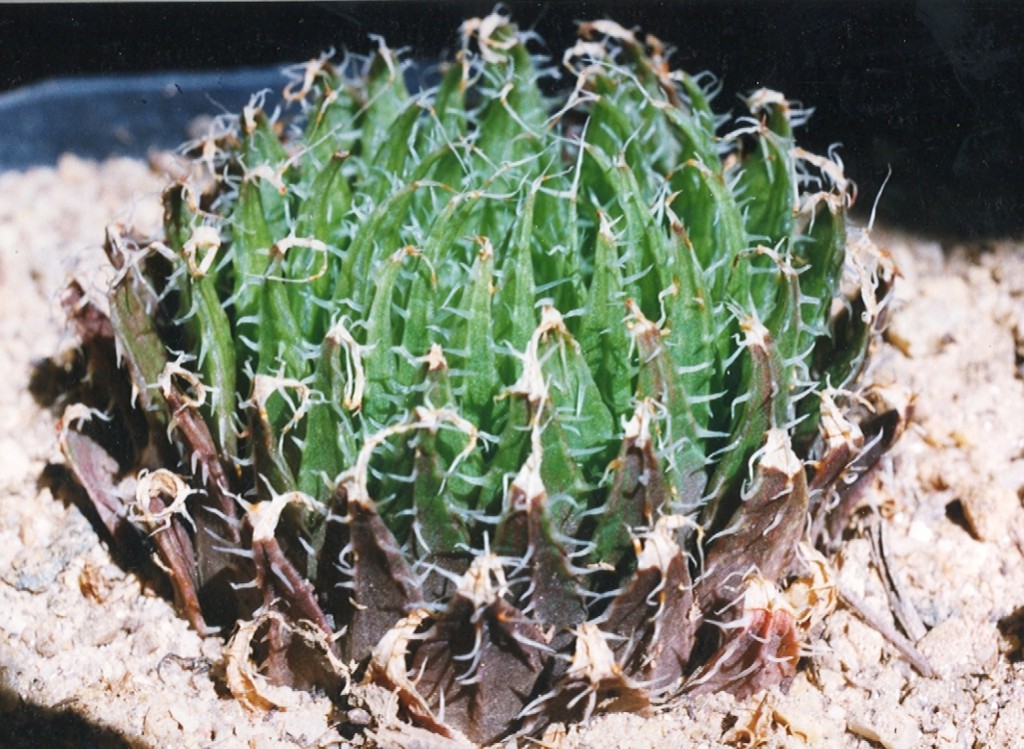
Fig. 04a. MBB7028 H. decipiens var virella. S Darlington Dam. 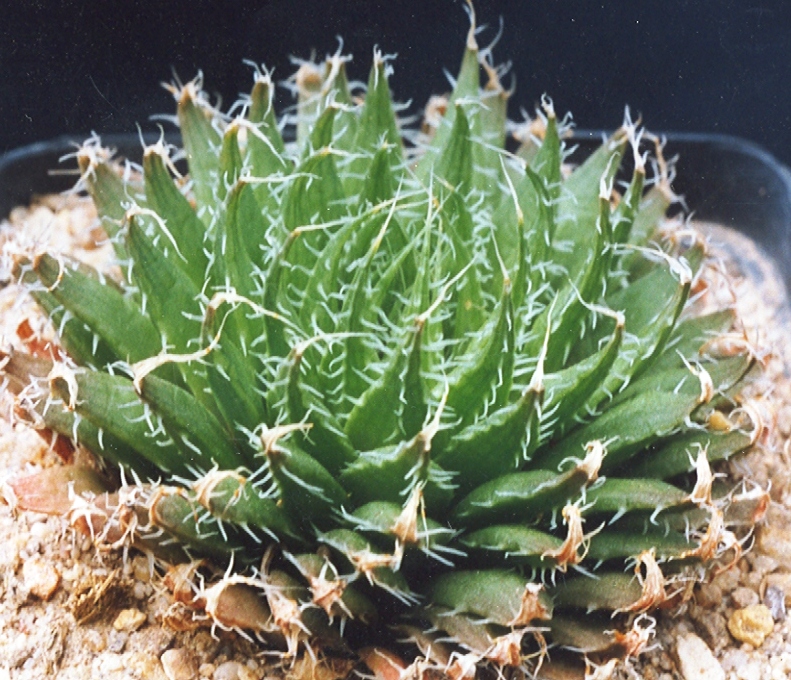
Fig. 04b. MBB7028 H. decipiens var virella. S Darlington Dam. 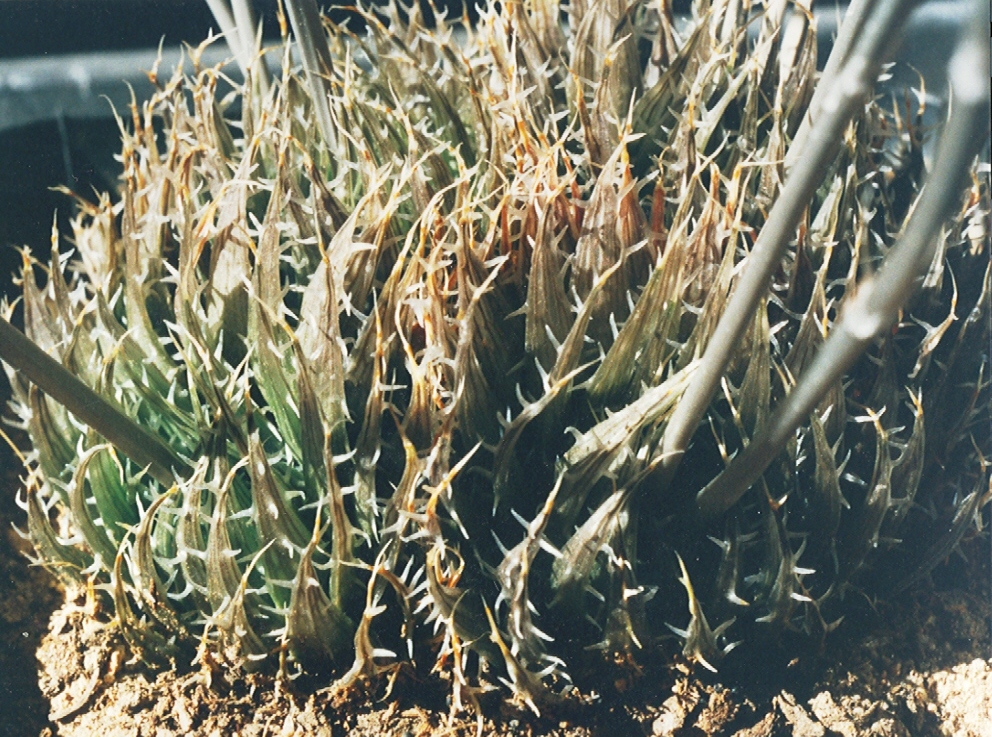
Fig. 05. JDV87-81 H. decipiens var virella. Ebenezer, Pearston. 
Fig. 06a. MBB7023 H. decipiens var virella. Ebenezer, Pearston 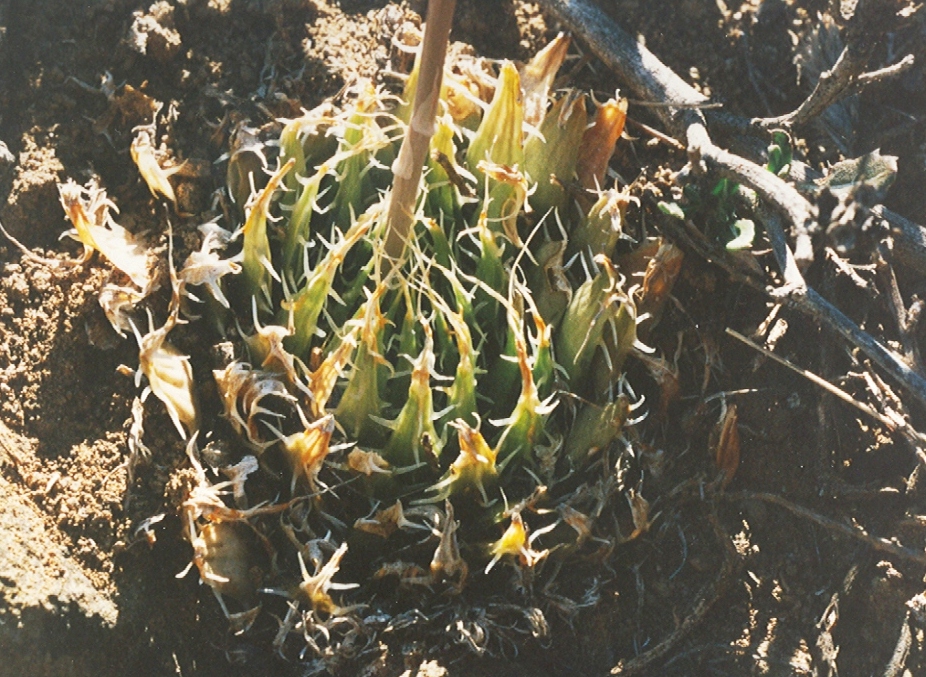
Fig. 06b. MBB7023 H. decipiens var virella. Ebenezer, Pearston. 
Fig. 07. MBB6581 H. decipiens var virella. Welgelegen, NW Jansenville. 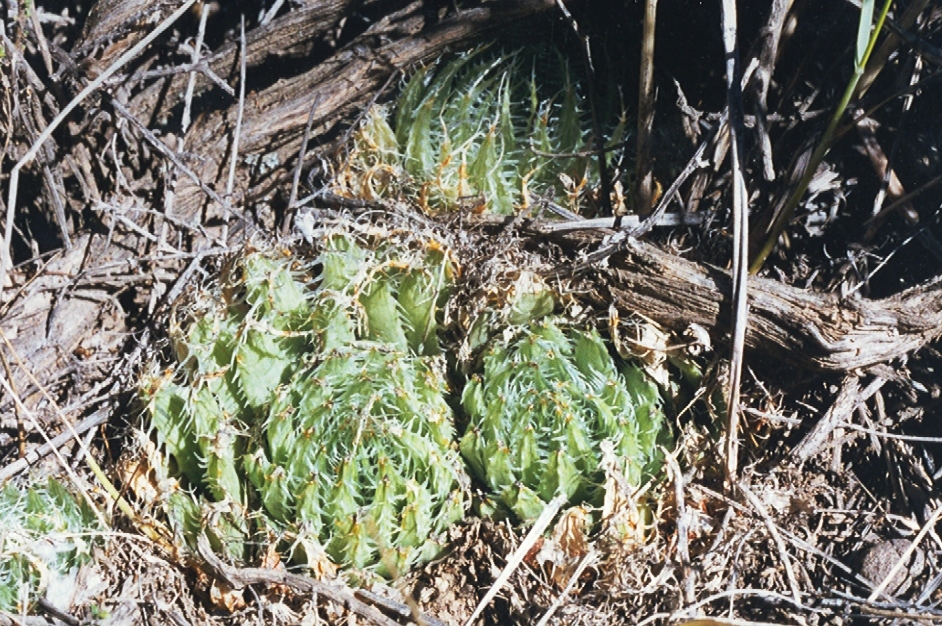
Fig. 08a. MBB7043 H. decipiens var virella. Llangollen, NE Jansenville. 
Fig. 08b. MB7043 H. decipiens var virella. Llangollen, NE Jansenville. 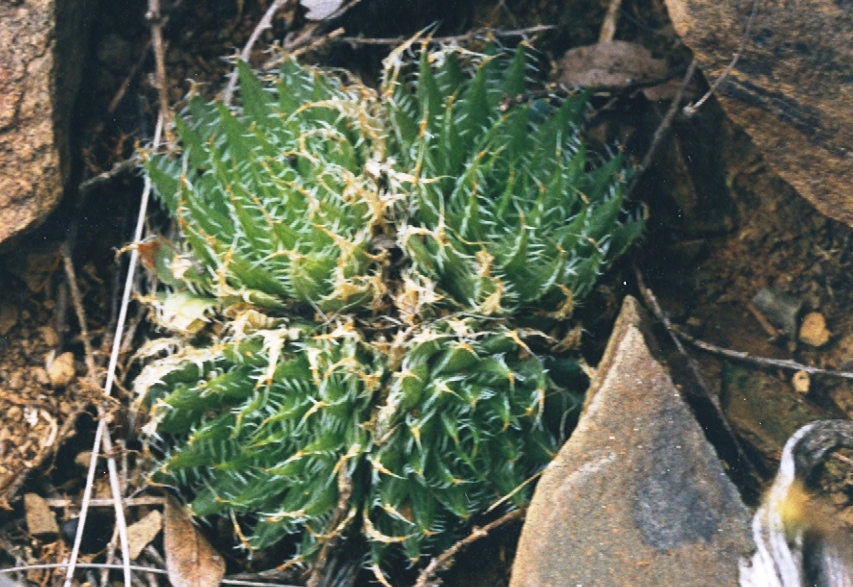
Fig. 09. MBB7047 H. decipiens var virella. DeRust, E Jansenville. 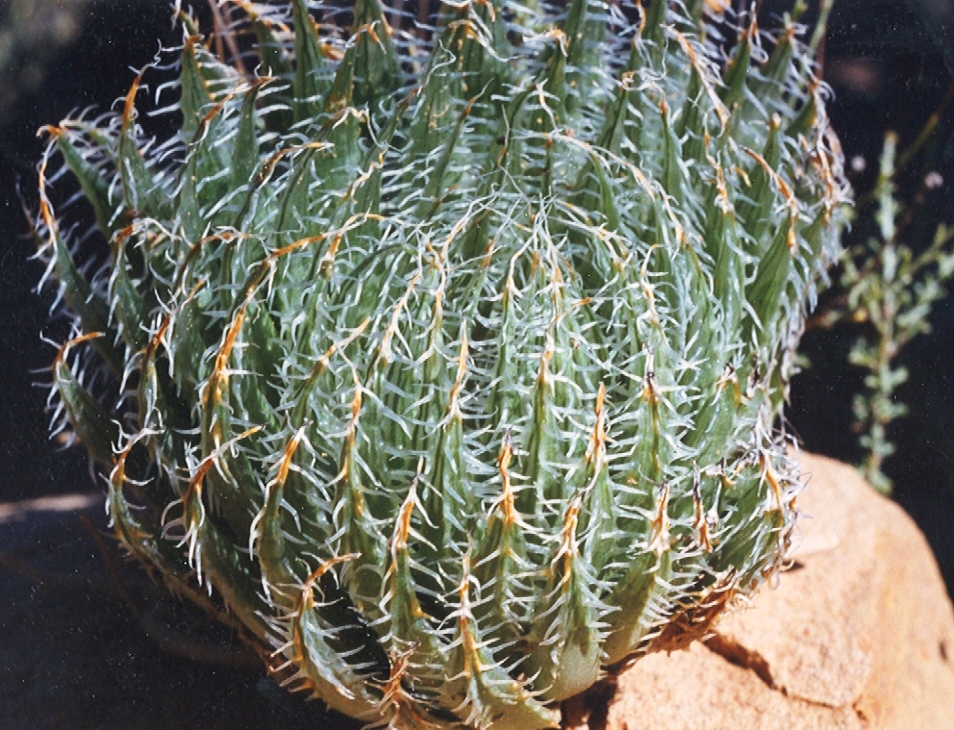
Fig. 10. MBB7041 H. decipiens var virella. Palmietfontein, Jansenville. 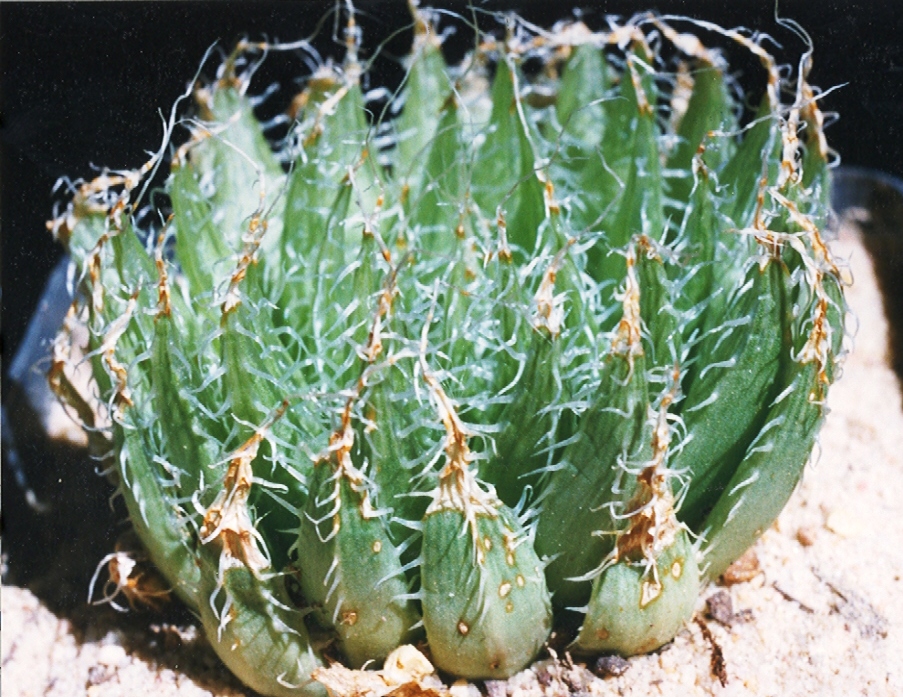
Fig. 11a. MBB7022 H. decipiens var virella. SE Pearston. 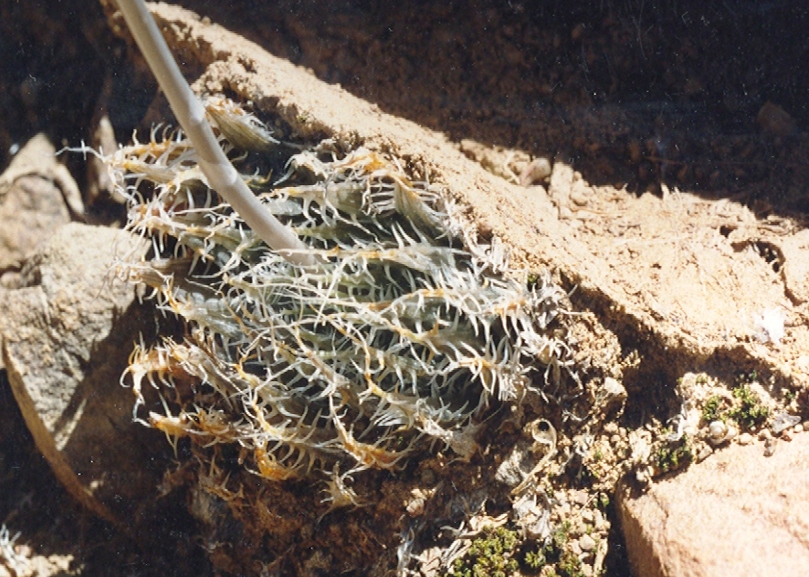
Fig. 11b. MBB7022 H. decipiens var virella. SE Pearston. 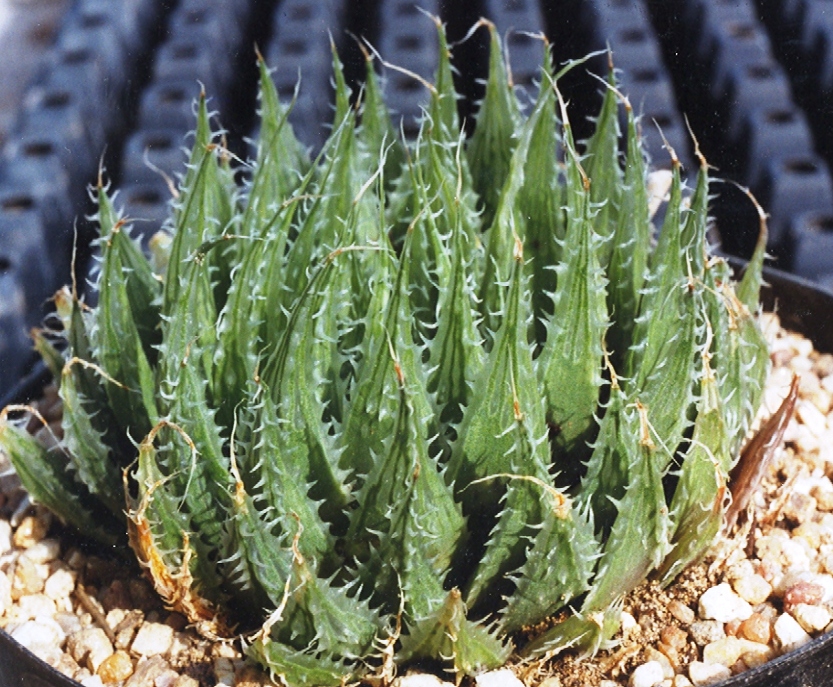
Fig. 12. MBB7582 H. decipiens var virella. SE Mt Steward. 
Fig. 13. JDV85-68 H. decipiens var virella. E Steytlerville. 
Fig. 14. JDV91-118 H. decipiens var virella. Sandpoort, Steytlerville. 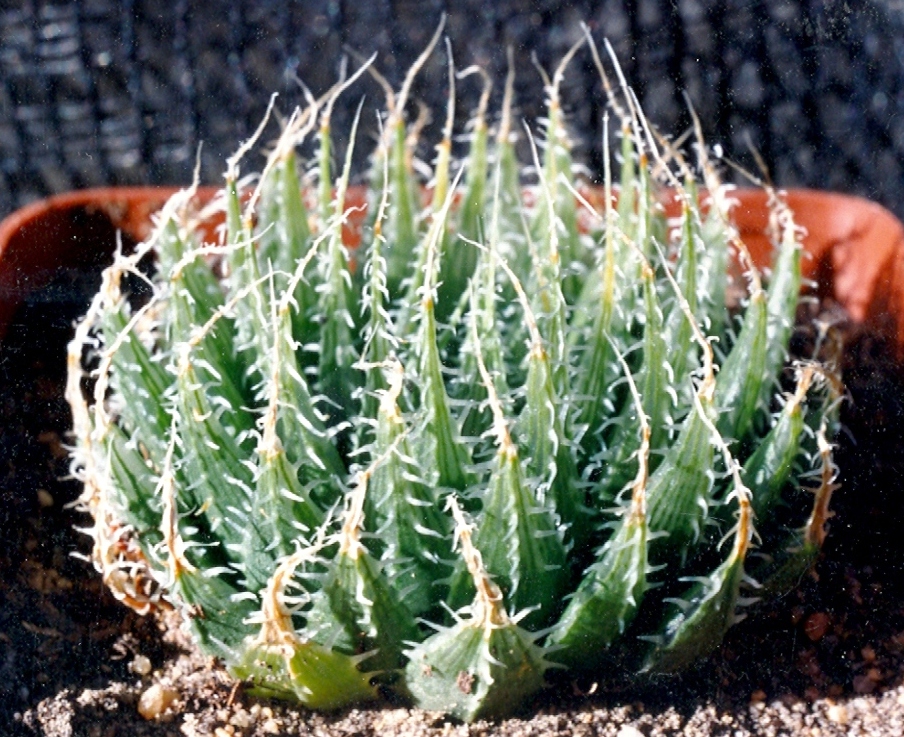
Fig. 15. JDV93-40 H. decipiens var virella. Baroe, E Steytlerville. 
Fig. 16a. T.Dold3961 H. cooperi var doldii. Chalumna. 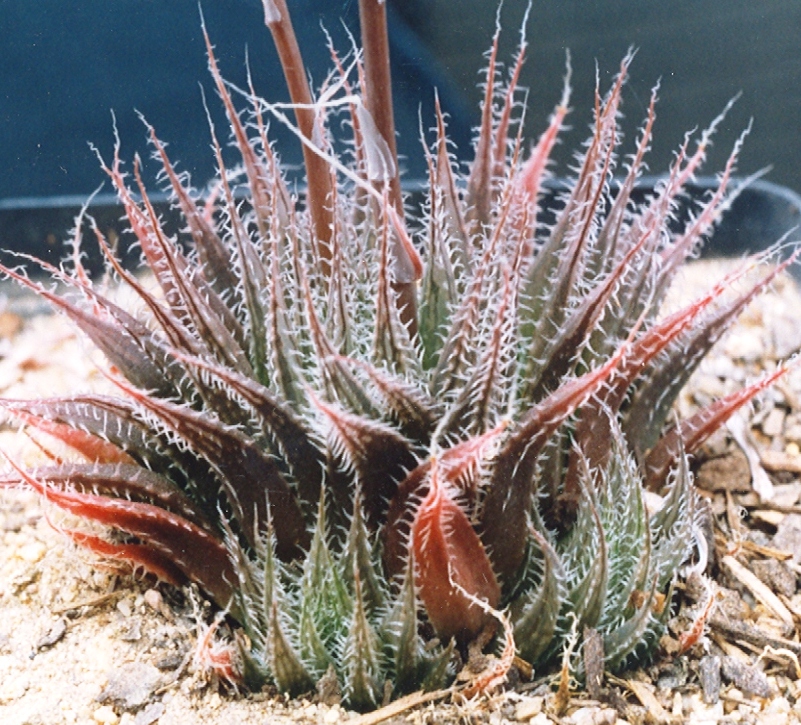
Fig. 16b. T.Dold3961 H. cooperi var doldii. Chalumna.
